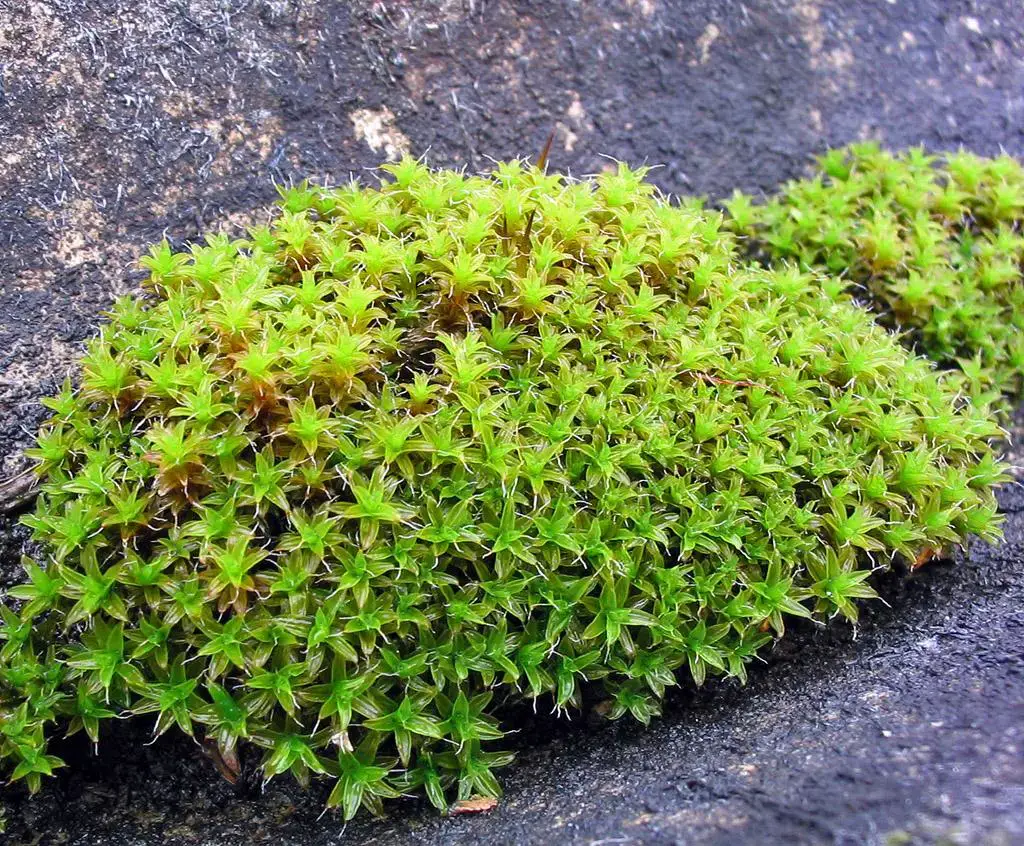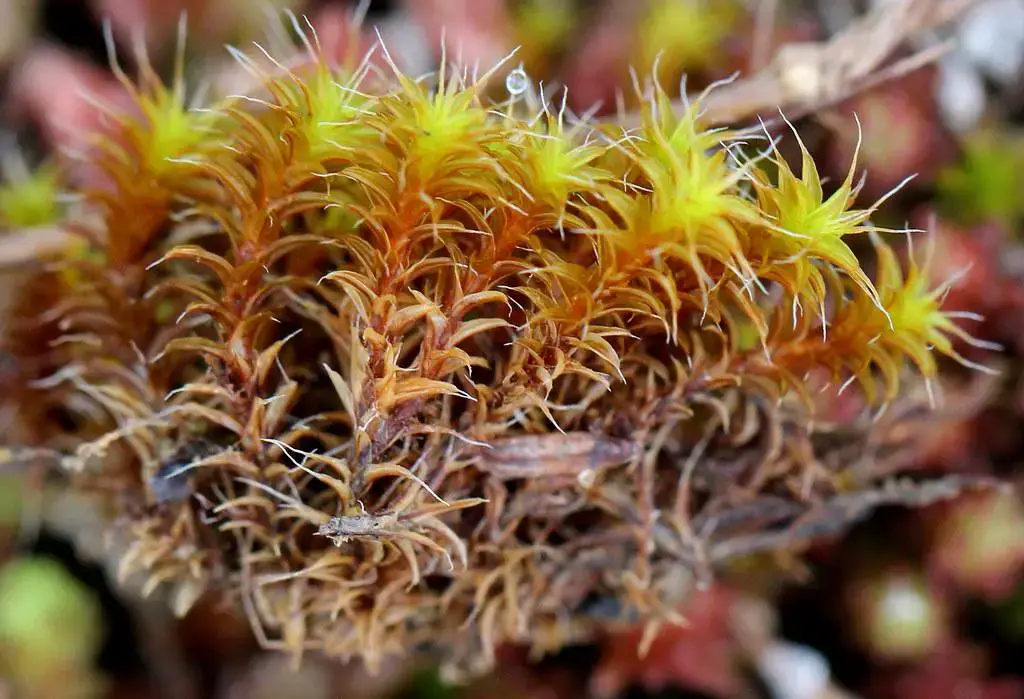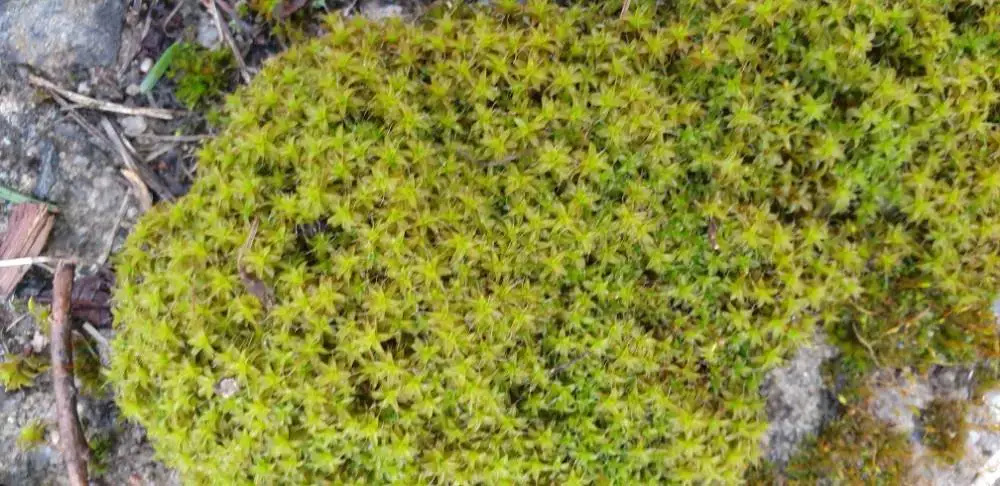
Drehzahnmoos_Tortula_ruralis.jpg from: https://www.wikiwand.com/en/Syntrichia
Introduction
In the vast and captivating world of bryophytes, one particular moss species stands out for its resilience and adaptability – the

26534657817_29cc730dd4_b.jpg from: https://www.flickr.com/photos/12639178@N07/26534657817/
Syntrichia anderssonii (Ångstr.) R.H.Zander, commonly known as Syntrichia. This unassuming yet remarkable member of the

47863222.jpg from: https://observation.org/photos/47863222/
Pottiaceae family has captured the hearts of moss enthusiasts worldwide, offering a fascinating glimpse into the intricate beauty and ecological significance of these often-overlooked organisms.
Background
Before delving into the intricacies of Syntrichia anderssonii, it’s essential to understand the broader context of bryophytes. These non-vascular plants, which include mosses, liverworts, and hornworts, are among the oldest and most primitive land plants on Earth. They play crucial roles in various ecosystems, acting as pioneers in colonizing new environments and contributing to soil formation and moisture retention.
Main Content
Morphology and Identification
Syntrichia anderssonii is a small, acrocarpous moss that forms dense, cushion-like tufts or mats. Its leaves are lanceolate to ovate-lanceolate, with a distinctive costa (midrib) that extends beyond the leaf apex, forming a short hair point. The leaf margins are often recurved, and the leaf cells are papillose, giving the plant a rough texture. When dry, the leaves are tightly contorted, but upon rehydration, they quickly unfurl, revealing their vibrant green hue.
Global Distribution and Habitat
This resilient moss species has a cosmopolitan distribution, thriving in various habitats across the globe. It can be found on soil, rocks, tree bark, and even man-made structures like walls and roofs. Syntrichia anderssonii is particularly well-adapted to arid and semi-arid environments, where it can withstand prolonged periods of desiccation and rapidly rehydrate when moisture becomes available.
Ecological Roles and Adaptations
Despite its diminutive size, Syntrichia anderssonii plays a vital role in its ecosystems. As a pioneer species, it contributes to soil formation and stabilization, paving the way for other plants to establish themselves. Additionally, its ability to absorb and retain moisture makes it an essential component of the microhabitats it occupies, providing shelter and sustenance for a diverse array of microscopic organisms.
One of the remarkable adaptations of Syntrichia anderssonii is its ability to undergo desiccation tolerance, a process that allows it to survive extreme dehydration by entering a state of metabolic dormancy. During this state, the moss can effectively “pause” its life processes until favorable conditions return, at which point it rapidly rehydrates and resumes normal growth and reproduction.
Case Studies/Examples
In urban environments, Syntrichia anderssonii has proven to be a valuable indicator species for monitoring air pollution levels. Its sensitivity to certain pollutants, such as sulfur dioxide and heavy metals, makes it a useful tool for assessing environmental quality and guiding conservation efforts.
Technical Table
| Characteristic | Description |
|---|---|
| Phylum | Bryophyta |
| Class | Bryopsida |
| Order | Pottiaceae |
| Genus | Syntrichia |
| Species | Syntrichia anderssonii (Ångstr.) R.H.Zander |
| Growth Form | Acrocarpous, cushion-like tufts or mats |
| Leaf Shape | Lanceolate to ovate-lanceolate |
| Leaf Margin | Often recurved |
| Leaf Cells | Papillose |
| Habitat | Soil, rocks, tree bark, man-made structures |
| Distribution | Cosmopolitan |
Conclusion
The Syntrichia anderssonii (Ångstr.) R.H.Zander moss, or simply Syntrichia, is a true marvel of nature, showcasing the incredible resilience and adaptability of these often-overlooked organisms. From its intricate morphology to its vital ecological roles, this moss species serves as a reminder of the intricate web of life that surrounds us, even in the most unexpected places. As we continue to explore and appreciate the wonders of the natural world, perhaps the next time you encounter a patch of moss, you’ll pause and reflect on the remarkable journey of these ancient and enduring plants.
Thought-provoking question: In a world where urbanization and environmental degradation are on the rise, how can we better protect and preserve the delicate ecosystems that support species like Syntrichia anderssonii?